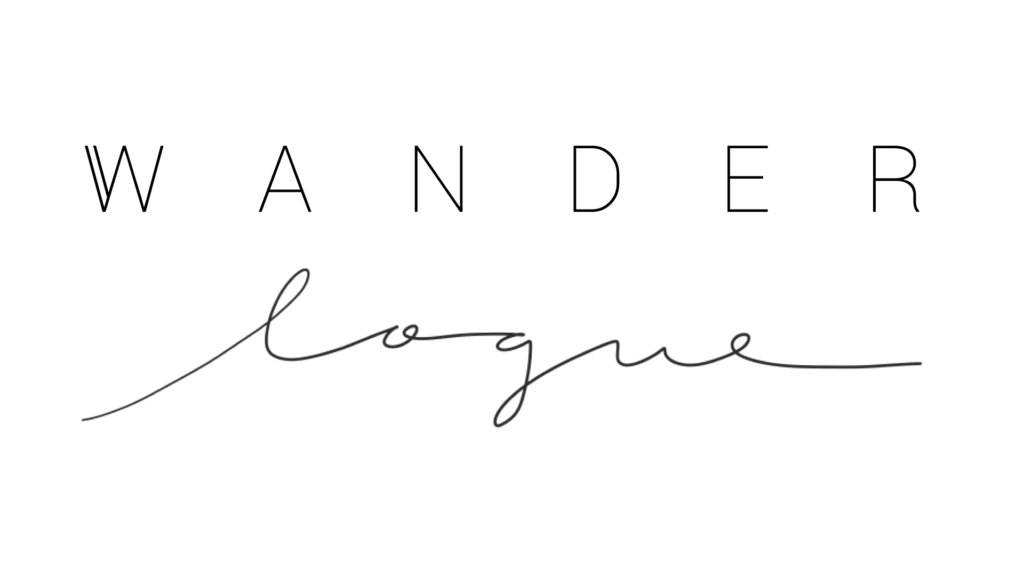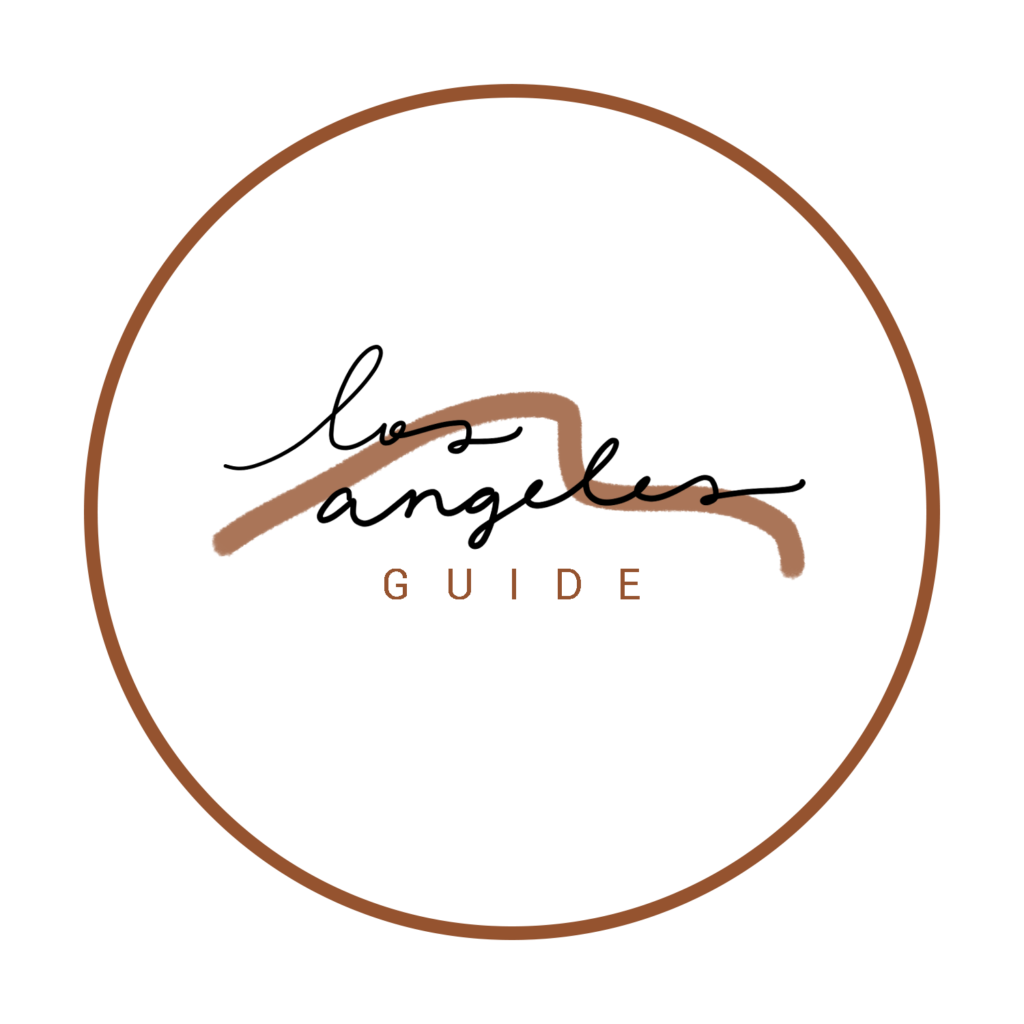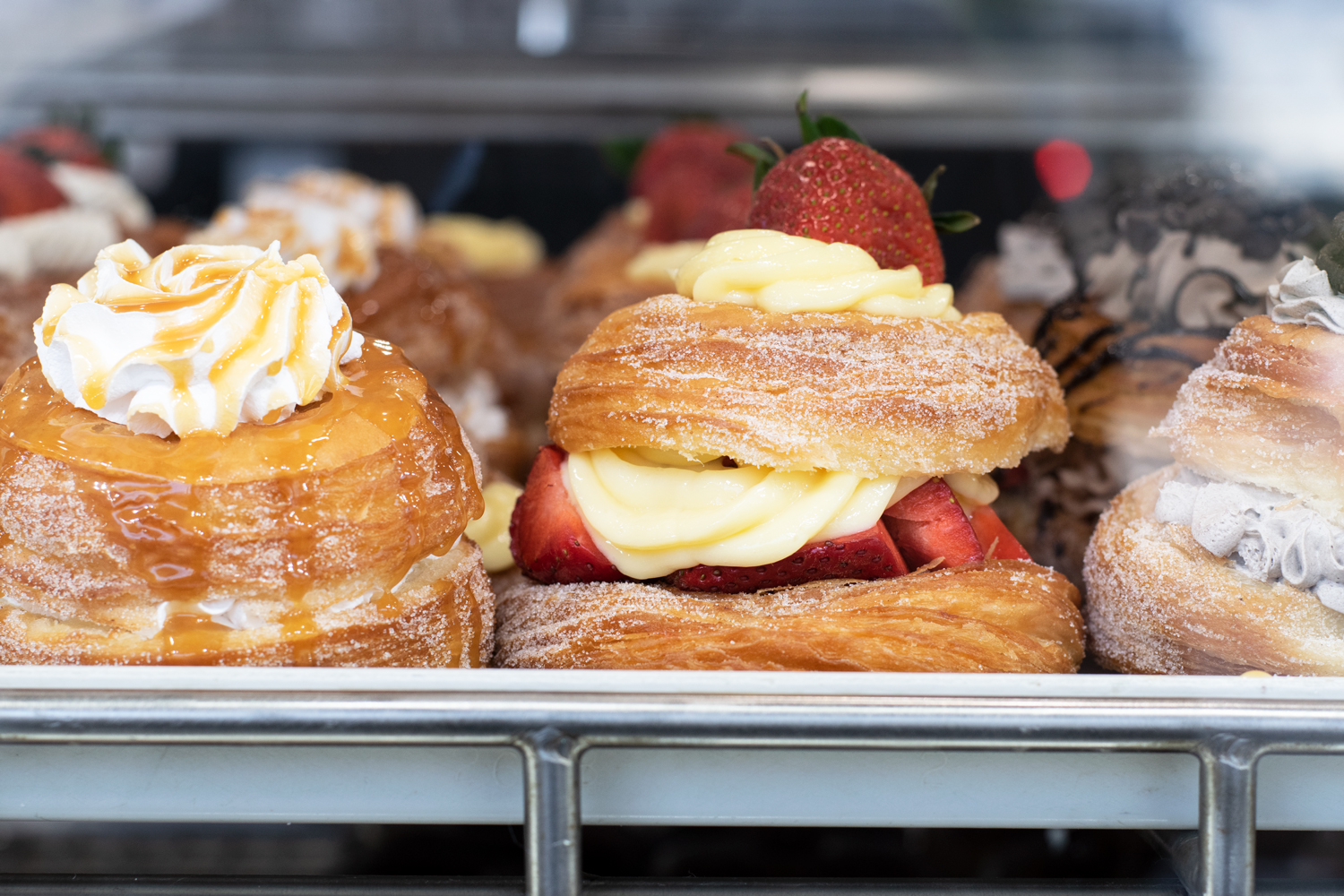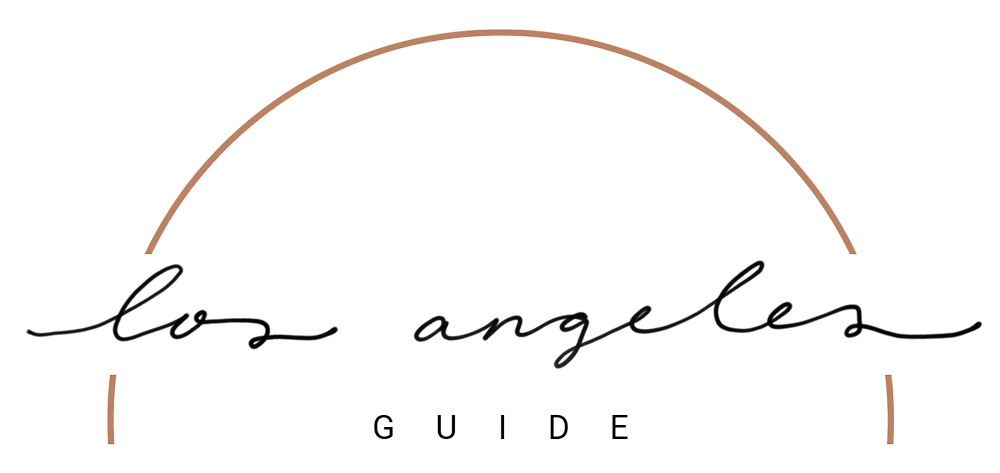It’s well established that LA is not a museum city the way many other great museum cities are. And iconic landmarks are few and far between. But we still do have our tentpole institutions, and LACMA is one of them.
The LA County Museum of Art (aka LACMA) might be best known for the public installation of street lamps (Urban Light by Chris Burden) that became an LA icon in early Instagram days when the first-wave influencers would do photoshoots there, but there’s much more to the expansive museum than the famed installations on its campus. Which in itself feels like a metaphor for LA, a lot happening surface level that can be easily brushed off as stunty or shallow, but beneath the surface, for those who care to dig deeper, plenty of substance.
LACMA has the largest art collection in western US, with over 150,000 pieces spanning a range of curatorial areas from Ancient Greek ceramics to Modern Mexican and Peruvian silver to Contemporary Islamic Art. There are iconic pieces from some of the most famous artists in history: Picasso, Calder, Lichtenstein, Rivera, Matisse, Rodin, Kahlo, Hokusai. And they have commitment to curating a collection that is representative of the diverse community of LA County, over the years, building up the collection with investment in regional and non-Western art. LACMA may not run blockbuster exhibitions like the Met but the constant rotation of curated exhibitions and programming, it intentionally caters to the local community more than tourists.
The public art is also intentional, something to bring in the community, make it feel accessible and exciting for LA residents, an opposite to the tradition of stuffy art museums filled with works from artists of ages past.
First opened in the 1960s in the center of a decentralized city, the Mid-Wilshire museum expanded over the decades to encompass several buildings to house its growing collection and well-maintained public space to welcome in visitors. Today, it is flanked by the Academy Museum and the La Brea Tar Pits, making a cultural hub in the heart of the city. And it’s grown to be a center for the arts, with educational programming, screenings, concerts, performances, youth activities and more.
In recent years, the campus has been under construction, with old buildings being replaced, culminating with a grand sweeping new building and public space with the David Geffen Galleries projected to be completed in late 2024.
the details
| Address | 5905 Wilshire Blvd, Los Angeles |
| Website | https://www.lacma.org/ |
| Yelp | https://www.yelp.com/biz/los-angeles-county-museum-of-art-los-angeles-11 |
| @lacma | |
| Hours | 11am – 6pm weekdays, 11am – 7pm weekends, closed on Wednesdays |
| Price | $$ – $25 regular admission, with discounted tickets for LA county residents (free for LA youths under 18) |
| Aesthetic | contemporary, with a little mid century roots |
good to know
Go here for: an art day, some culture fix, an easy tourist stop whenever friends are in town
Don’t miss: Levitated Mass (the giant rock suspended over a path, she might be upstaged by the lights but she’s still an icon. Also, there is a cafe and restaurant, which you can visit without needing a ticket (recommended on a nice day with a nice outdoor setup)
Amount of time to spend: 2-3 hours to peruse the collection and current exhibitions and grab a bite or coffee; more if you’re planning to also go over to the Academy Museum and Tar Pits; or if you’re just here for the photo ops on campus,30 minutes should be plenty to wander around
When to come: weekdays are more chill (and afternoons are free for residents), also, at night for a classic shot of Urban Lights lit up
Parking: is available under the museum $21, the entrance is on 6th Street
Other things to note:
- Tickets are free for LA County residents after 3pm on weekdays.
- There’s also free admission the second Tuesday of each month.
- They have a lot of free programming as well, such as summer jazz concerts that are a lovely way to summer Friday
Last visited: February 2023
Last updated: February 2024



